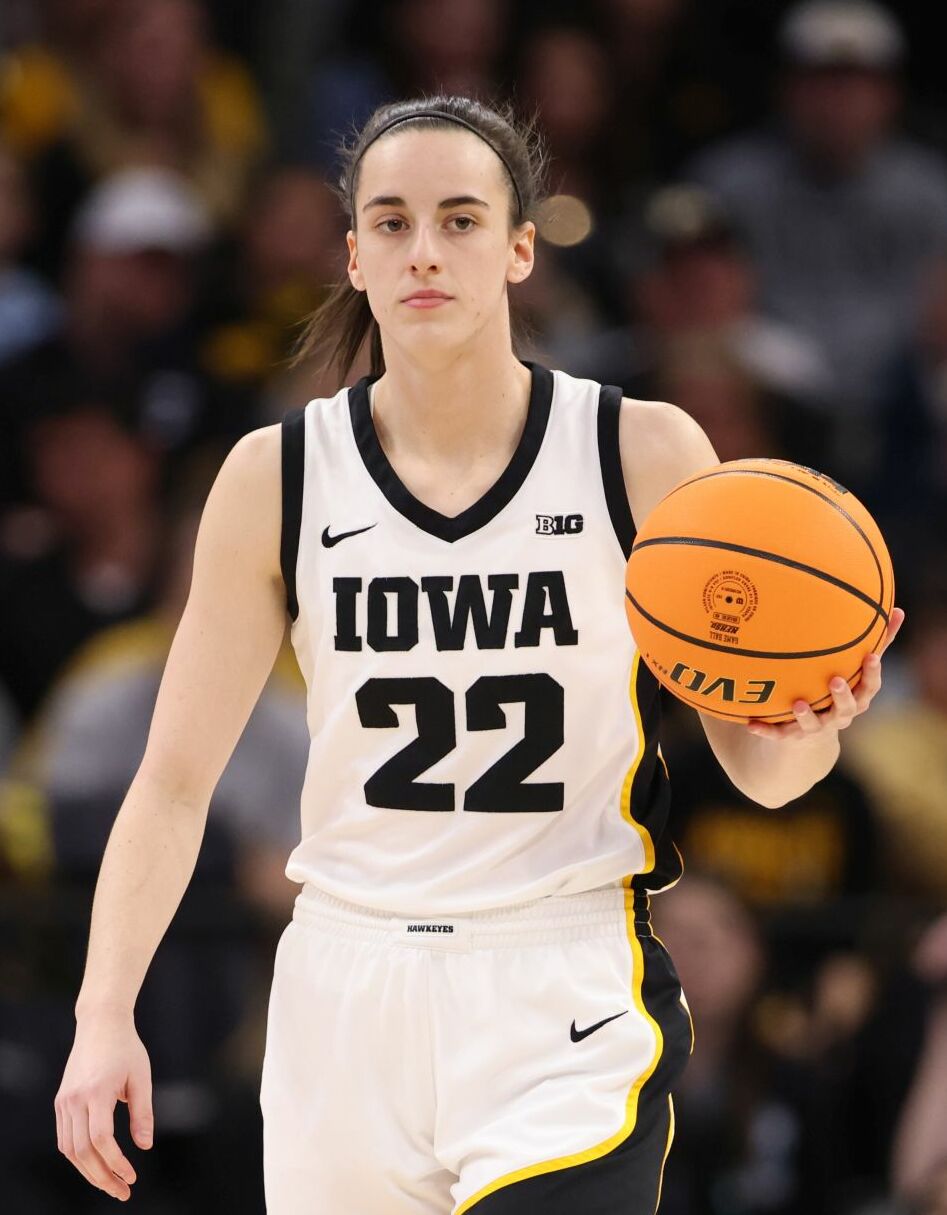March Madness is upon us. With a projected rise in viewership for this year’s women’s tournament, all eyes are on star players Caitlin Clark and Paige Bueckers as their teams face off in the grueling battle to be named the NCAA Division I champion. Despite women’s basketball gaining traction in the public eye with both Clark and Bueckers making headlines, women’s basketball players are still not being equally compensated for their equal efforts. From being scrutinized by a largely male demographic to relying on brand deals to drive their salaries, women at the peak of their careers are just barely scraping by.
The largest source of disparity is the unequal salaries between WNBA players and NBA players. The average salary for a WNBA player in the 2023 season was $147,745, with rookies making at best around $75,000. Compare this to the men’s league where the average annual salary is over $10 million. Even the highest paid WNBA players have yet to see a $250,000 paycheck. This is a problem in that the alleged best women’s league in the country is not compensating their players to the extent of their equal male counterparts.
Because of this, WNBA players are forced to supplement their salaries in a number of ways, one being accruing brand deals. Through sponsorships with big companies like Nike and Adidas, players are able to supplement their income to support themselves and get them through the off-season. With the annual pay for a Nike athlete in the United States averaging $40,000, having even one sponsorship can greatly increase their quality of life. However, to acquire sponsorships, these women have to maintain a larger public profile. For brands to notice them, they need to post more and generate more press coverage. Because women in the public eye are scrutinized more closely than men, adopting a larger social media presence can present its own battles.
Female athletes are often expected to fit an image of what an ideal athlete looks like: heterosexual, white and feminine. Because these standards do not accurately depict the diversity of all professional athletes, great players who fail to meet this criteria are not given adequate media coverage. This deprives them the opportunity to secure high-grossing brand deals and develop their public image. Nine-time WNBA All-Star Brittney Griner faced immense public scrutiny for being openly queer. Her college coach Kim Mulkey played a large role in keeping Griner in the shadows, which followed her throughout her professional career. This affected her ability to secure contracts with brands, even though she was one of the best players in the league.
Many WNBA players also find themselves playing year-round to further supplement their low salaries, however, at the increased risk of injury and longer periods of time away from family. Griner faced a security issue back in 2022 when traveling from Russia to the United States when the Russian government detained her for possession of marijuana. This was worrisome for Griner because she was traveling for work during the off-season. After spending almost 250 days behind bars, Griner was finally returned home, but this entire nightmare could have been avoided if WNBA players were simply better compensated.
Arguments that justify the pay discrepancies credit the lower viewership, stating that “people don’t watch women’s basketball as much, so it’s not where the money is.” Though this may be true, this argument doesn’t consider that the WNBA is still a growing league. Founded 50 years after the NBA formed, the WNBA has not been around as long, and only has 12 teams compared to 30 teams in the NBA. And because there are more NBA teams, there are more NBA games to watch, which greatly increases their viewership. But there is also a stigma around women’s sports that additionally contributes to the lower WNBA viewership. Patriarchal standards reinforce an inaccurate perception of women being weaker and less athletic than men. This is damaging as it prevents women from being accepted as equal athletes. These standards are still deeply rooted in today’s society as female athletes receive 10% of total media coverage despite representing over 40% of players. This disparity further contributes to the lower viewership and unequal salaries affecting today’s top athletes.
Ultimately, we must do better. As March Madness unfolds and star players Clark and Bueckers take center stage, let’s work to make a better league for these players to graduate into. With more equitable salaries and better representation, more girls can dream of a career on the court. Until then, go UConn!


